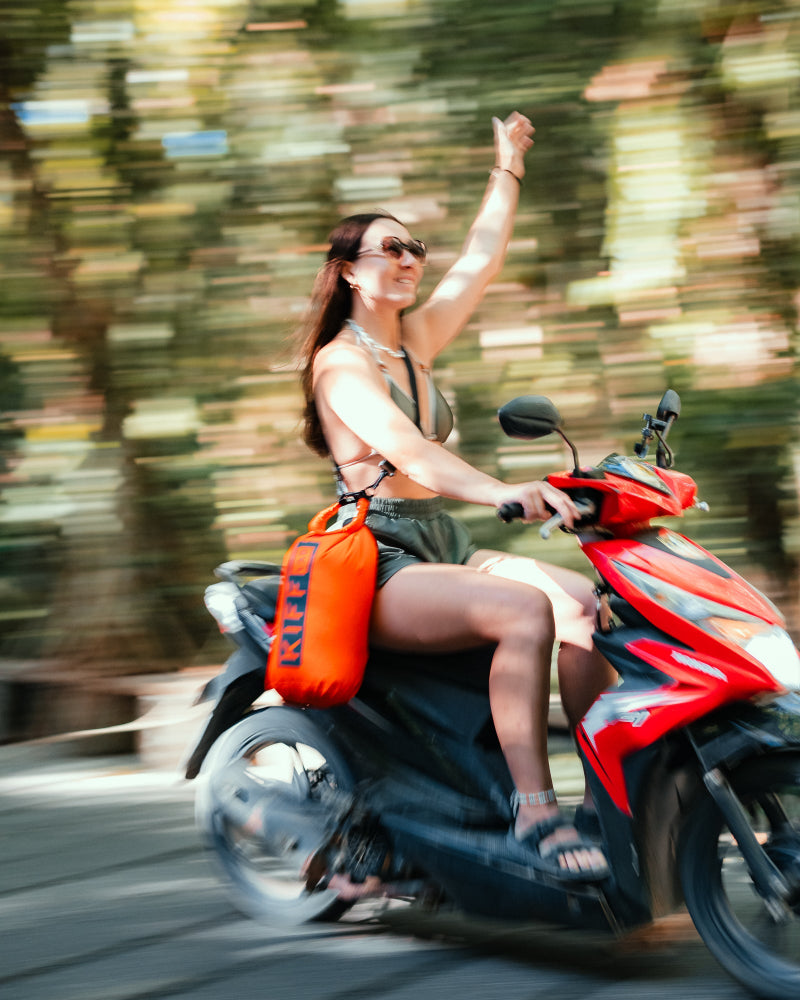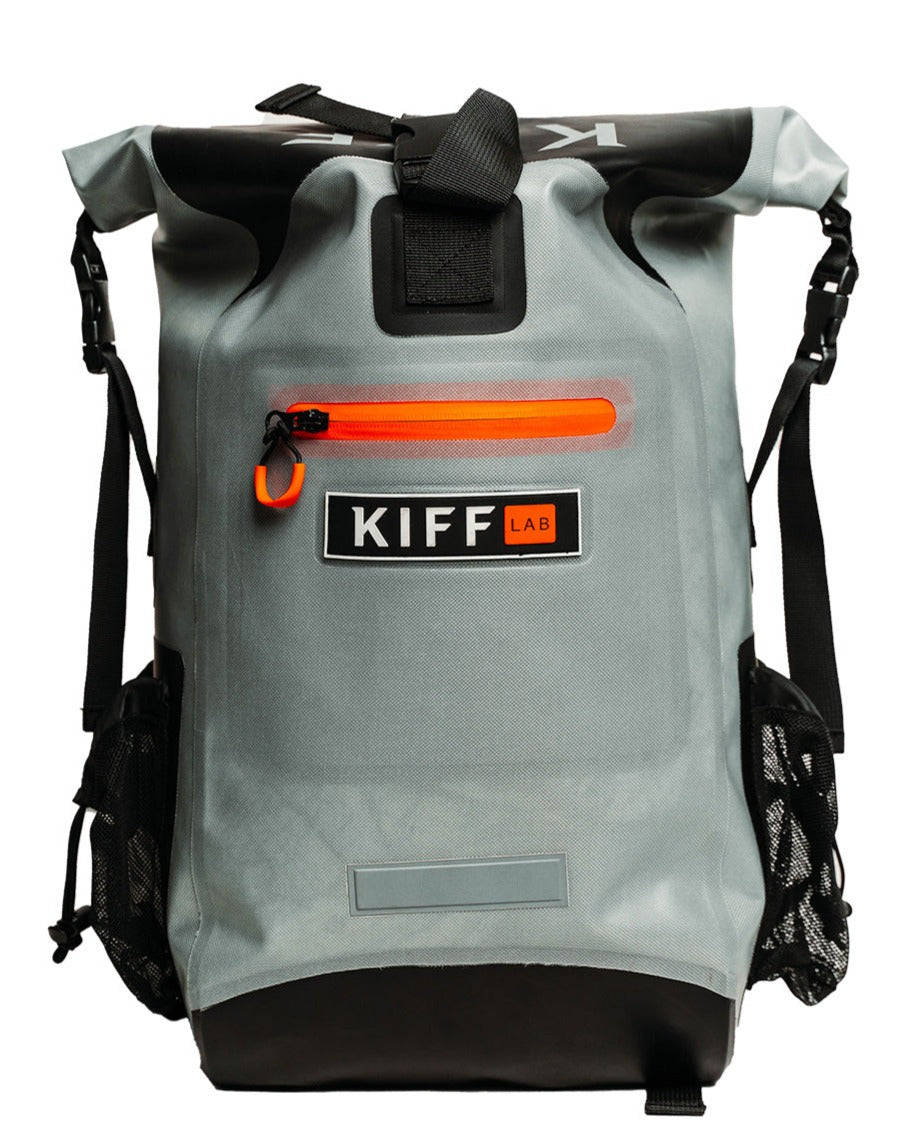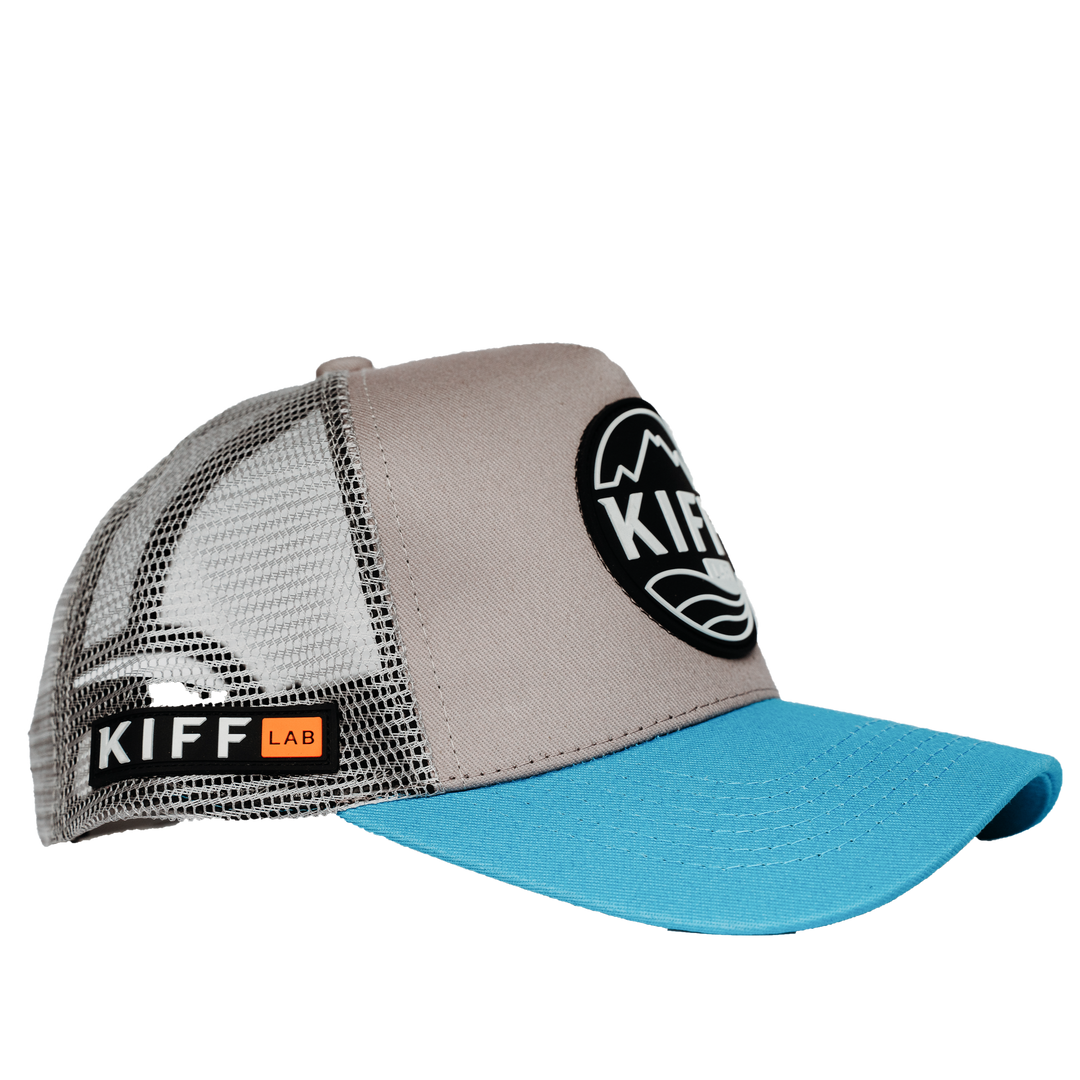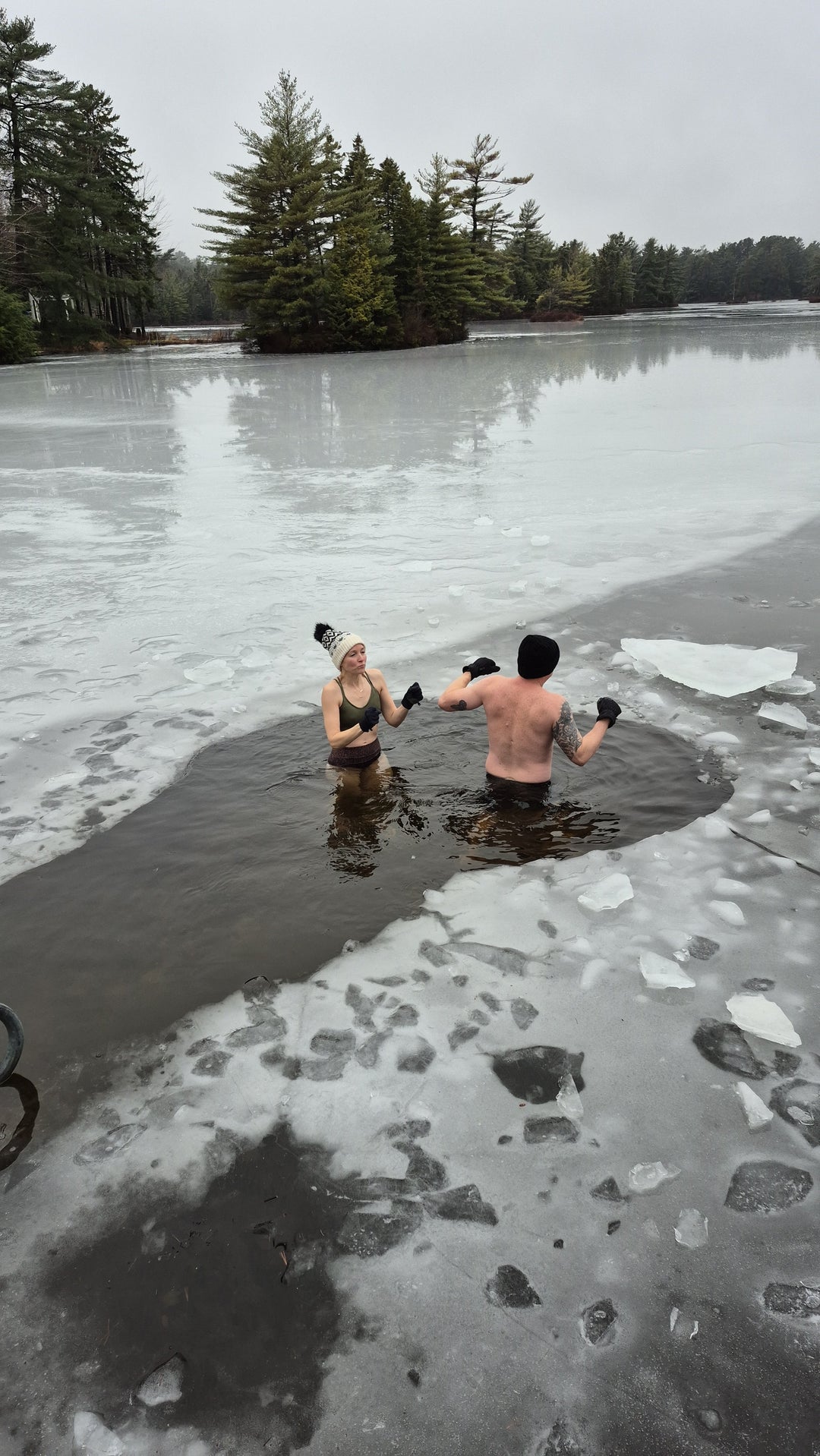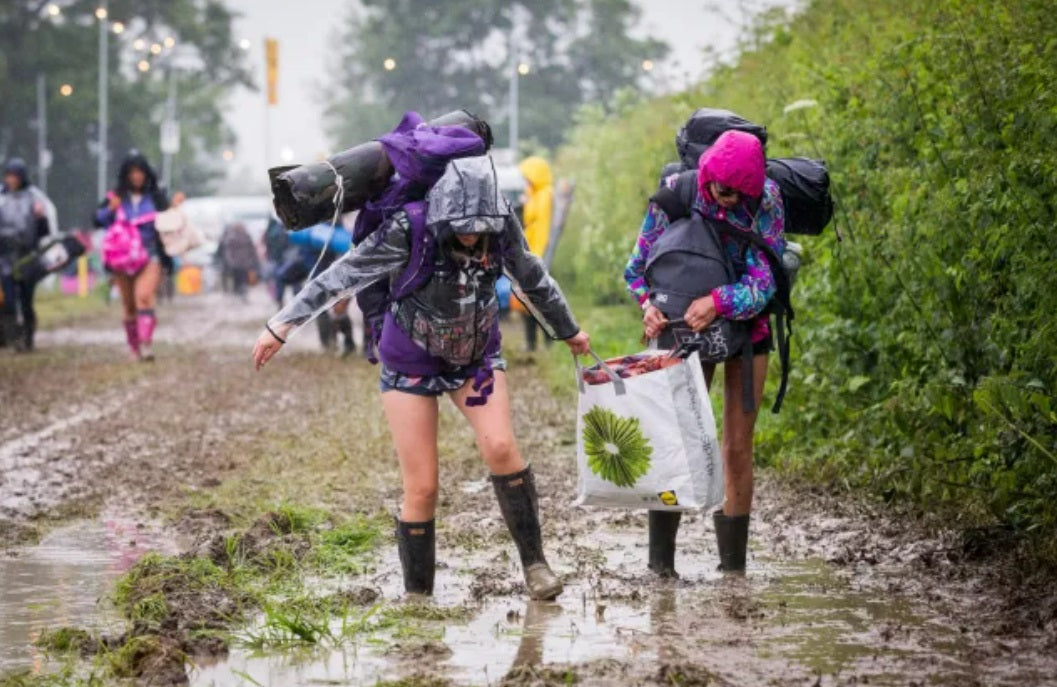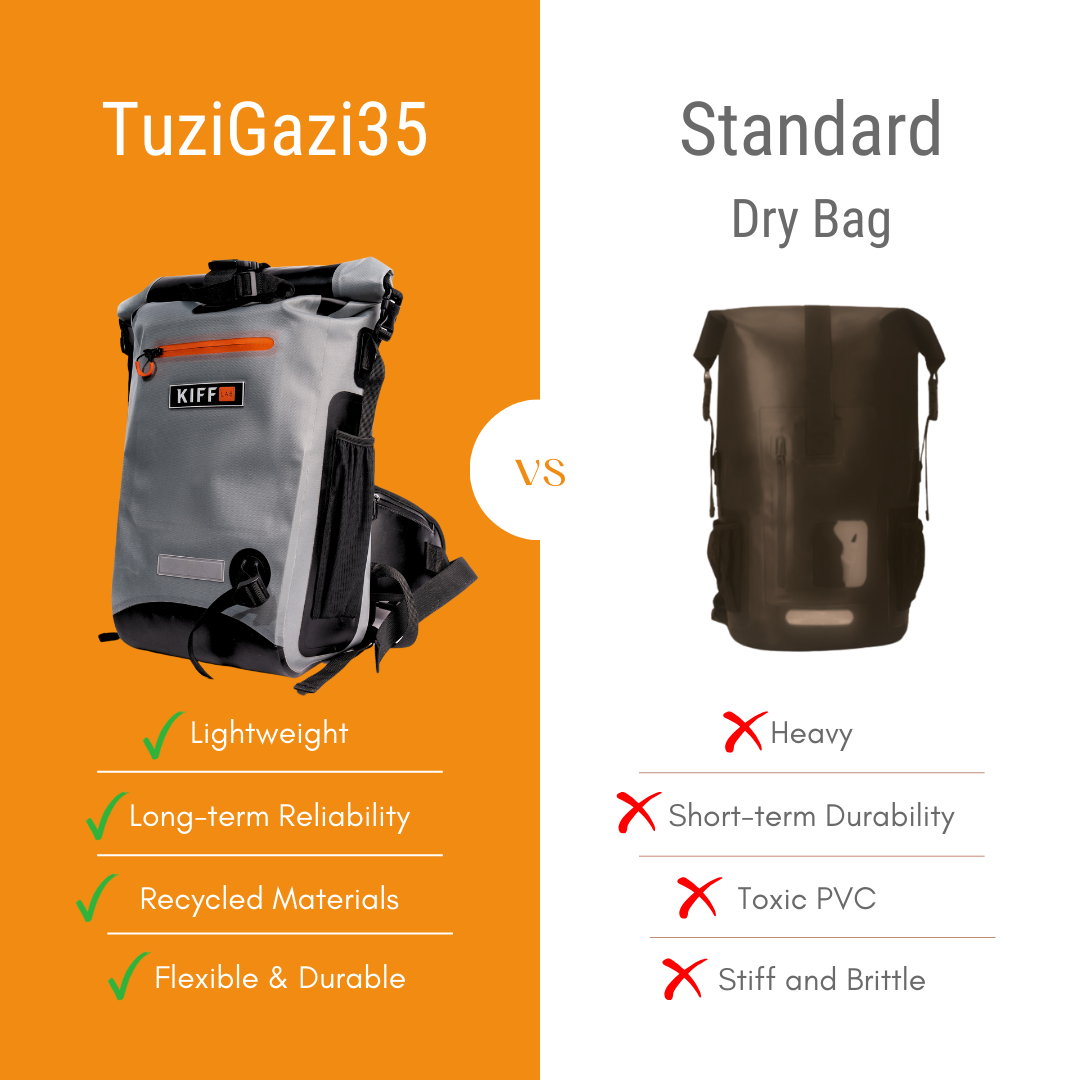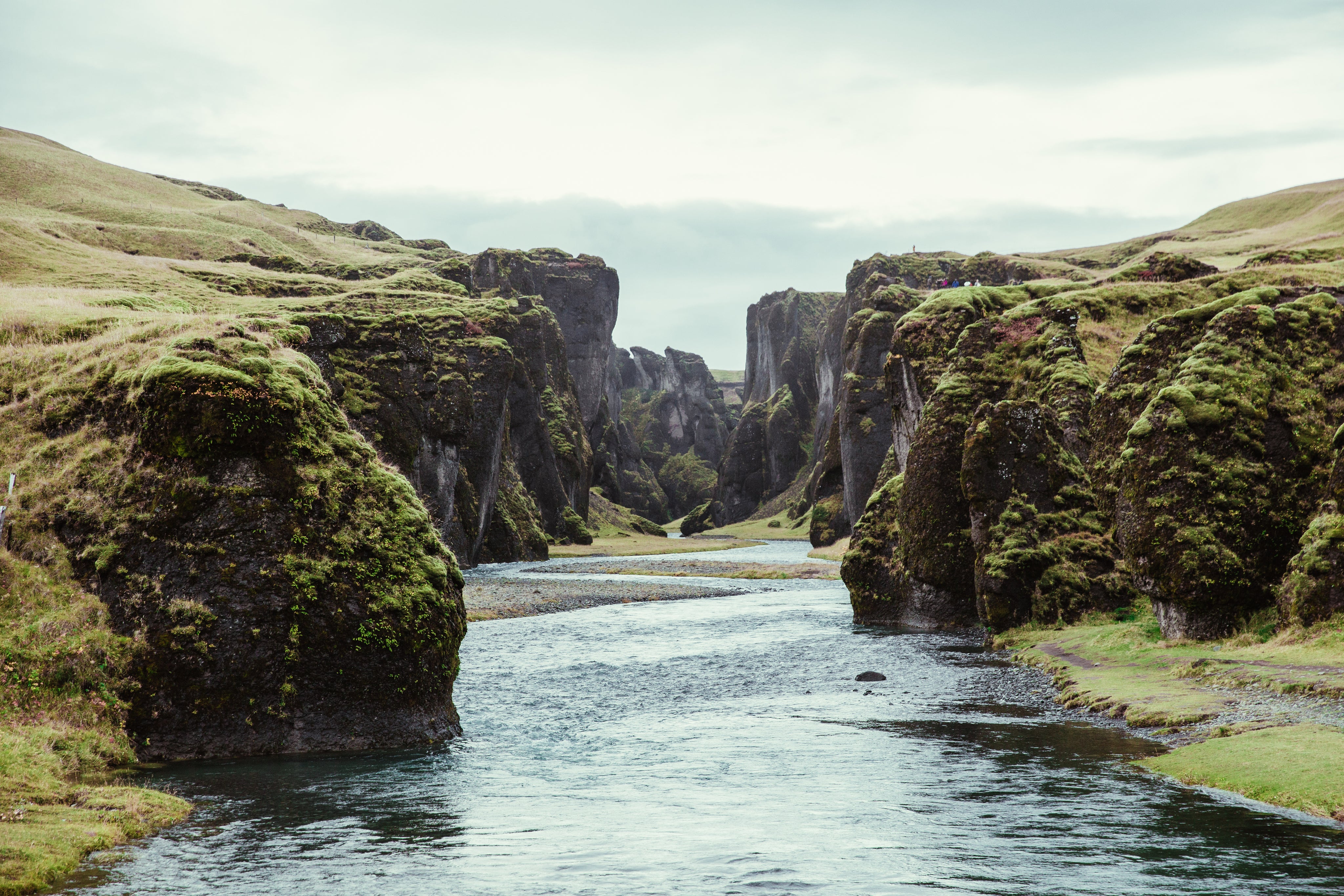Planning a Kayak River Trip: Tips and Strategies for a Safe and Enjoyable Adventure
Kayaking is a great way to explore rivers and other bodies of water. But, like any outdoor adventure, it's important to plan carefully to ensure a safe and enjoyable trip. Here are some tips and strategies for planning a kayak river trip.

Planning and Strategy
The first step in planning a kayak river trip is to choose your destination. Research the river you want to kayak, its level of difficulty, and any potential hazards. Look for maps, guidebooks, and online resources to help plan your route.
Once you've chosen your destination, plan your itinerary. Determine the distance you want to cover each day and how long you want to spend on the river. Take into account factors like water flow, wind, and weather conditions that may affect your speed.
It's also important to have a backup plan in case of unforeseen circumstances. Consider alternative routes, campsites, and emergency evacuation options.
Reading the Weather
One of the most important factors to consider when planning a kayak river trip is the weather. Check the forecast for the days leading up to and during your trip. Pay attention to wind speed, temperature, and precipitation.
Wind can significantly affect your ability to paddle, especially if it's strong and coming from an unfavorable direction. If the wind is too strong, consider postponing your trip or choosing a different section of the river.
Temperature is also important to consider, especially if you're kayaking in colder months. Dress in layers and bring extra clothing to stay warm. Hypothermia is a serious risk, even on mild days, so it's important to be prepared.
Finally, watch for precipitation. Rain can cause water levels to rise quickly and create dangerous conditions. If there's a chance of rain, be sure to pack all your gear in a KiffLab waterproof bag.
Packing Gear
When packing for a kayak river trip, it's important to bring all the necessary gear without overpacking. Here's a list of essential items to include:
- Personal flotation device (PFD)
- KiffLab Dry Bag
- Kayak helmet
- Dry bags for clothing and gear
- First-aid kit
- Water filter or purification tablets
- Map and compass
- Sunscreen and insect repellent
- Multi-tool or knife
- Whistle
- Headlamp or flashlight
- Repair kit for kayak
Safety
Safety should always be a top priority when kayaking. Here are some tips to stay safe on the river:
- Always wear a PFD and a helmet
- Paddle with a partner or group
- Know your limits and the limits of your gear
- Scout rapids before running them
- Never kayak alone
- Bring a first-aid kit and know basic first-aid
- Let someone know your itinerary and expected return time
- Stay hydrated and take breaks as needed
Paddling Skills
Having the necessary paddling skills to kayak on a river is important. Here are some basic skills to practice:
- Forward stroke
- Backward stroke
- Sweep stroke
- Draw stroke
- Edging
- Ferrying
- Bracing
- Roll (for advanced kayakers)
Practice these skills on flat water before attempting them on a river. Consider taking a kayaking course to improve your skills and gain confidence on the water.
Respecting the Wildlife
When planning a kayak river trip, it's important to respect the wildlife that inhabits the area. Here are some tips to minimize your impact on the environment:
- Keep a safe distance from wildlife. Do not approach or disturb animals.
- Avoid paddling in areas where wildlife is present, such as nesting or breeding grounds
- Leave no trace. Pack out all your trash and waste
- Avoid using soap or other personal care products in or near the river. These can harm aquatic life
- Follow all regulations regarding fishing, hunting, and wildlife observation
- Avoid making loud noises or playing music that can disturb the natural environment
By respecting the wildlife and the environment, you can help preserve the natural beauty of the river for generations to come.
Conclusion
Kayaking on a river can be a thrilling and rewarding experience, but it's important to plan carefully and stay safe. With these tips and strategies, you can plan a successful kayak river trip and enjoy all the beauty of nature. Happy paddling!



